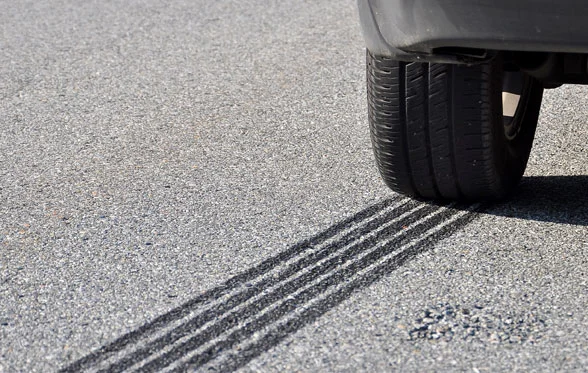In order to enhance the fields of vision available to the drivers of motor vehicles, two of the United Nations Economic Commission for Europe (UN ECE) Regulations relating to driver's vision, ECE 46 on indirect vision and ECE 125 on forward field of vision, have recently been amended to include new requirements.
UN ECE Regulation No. 46 covers devices for indirect vision (e.g. mirrors) and their installation. Since 1987, ECE 46 has required trucks with a GVW exceeding 7500 kg to be fitted with a Class V indirect vision device, also known as close proximity mirror. The purpose of the close proximity mirror is to provide the driver with a view of the area directly adjacent to the passenger side of the vehicle’s cab so that the driver is aware of other vehicles in this area when changing lanes and is aware of pedestrians, cyclists and motorcyclists in this area when turning at junctions or manoeuvring the vehicle. To further improve the effectiveness of these close proximity mirrors, the 04 series of amendments to ECE 46 significantly increases the size of the field of vision to be provided by these mirrors by extending the required field of vision both forwards by 2 m and outwards from the vehicle by 2.5 m. Compliance with the requirements of ECE 46.04 becomes mandatory for new types of heavy truck from 30th June 2014 and for all new heavy trucks from 30th June 2015.
UN ECE Regulation No. 125 covers the driver's forward field of vision of M1 category vehicles, i.e. passenger cars, and specifies requirements that were derived from the equivalent EC Directive on this subject; EC Directive 77/649/EEC, as last amended by 90/630/EEC. At the time these requirements were originally drafted, passenger cars were predominantly of a traditional three box saloon or two box hatchback design. However, today's M1 category vehicles include a huge variety of different vehicle types and body styles, including some with high driving positions, such as people carriers, multipurpose vehicles, sport utility vehicles, etc. As a result of this, a concern was raised that the downward vision requirements specified in the original requirements may not adequately address vehicles with high driving positions, leading to a situation where vehicles which did not allow the driver to identify small pedestrians and motorcyclists directly in front of the vehicle could be type approved to the requirements of the Regulation. To address this situation, the 01 series of amendments to ECE 125 introduces a new forward vision requirement which applies to all vehicles where the driver's eye points are more than 1650 mm above the ground. This new requirement specifies that a 1200 mm tall cylindrical object with a diameter of 300 mm must be visible from the driver's eye points when it is placed 2000 mm in front of the vehicle at any lateral location between 400 mm outboard of the driver's side of the vehicle to 600 mm outboard of the passenger side of the vehicle (500 mm either side of the vehicle in the case of vehicles with a central driving position). Compliance with the requirements of ECE 125.01 becomes mandatory for new types of M1 category vehicle from 15th July 2015.
